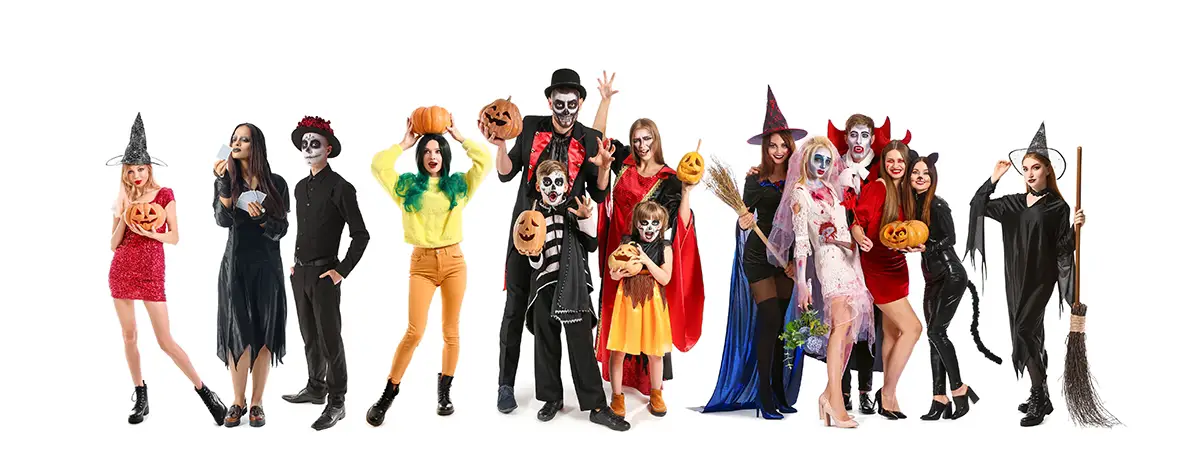Sewing costumes can be one of the most exciting things to do with your sewing skills, continually presenting interesting challenges and producing results that you can have lots of fun with. We talked to Marianne Wells, a keen costume-maker with over ten years’ experience creating fantasy based historical dress for her hobbies. She explained that, for her, it all started at university.
“A friend suggested I come along to a re-enactment group. We were going to be staying in a castle for a weekend, and I thought that sounded fantastic. I had to have a cloak, so I bought two pieces of material, cut them into a circle and sewed them onto a clasp. I didn’t have a sewing machine, so I spent two days hand-sewing the hem up. I found it worked well and I was proud of what I’d done. And then it tore, so I had to work out how to fix it!”
Acquiring Skills
Marianne’s costumes are mostly made in Medieval or Renaissance styles, but she’s also put together a few Regency period outfits. “I started by using professional published patterns, and once I’d got the hang of following them, I started to adapt them and make variants – swap sleeves around, things like that. Now I’m getting the confidence where I can start to design my own patterns, but it’s a lot harder.”
Marianne takes part in live role-playing, which she explained can be an expensive hobby. When she started, she didn’t have the funds to buy ready made costumes, so sewing became a necessity. “It was challenging work at first,” she admits. “I found the patterns confusing; I had to ask for help from my mum and other people at university. Everyone was helpful, but I really didn’t enjoy it, I just wanted to get the end product.” But this was a feeling that would change over time, and in the meantime, Marianne acquired a lot of new skills, including shopping skills.
“When I started, I went to the well-known high street stores. Eventually, I started to explore other lesser knows shops that sold quality fabric at a reasonable price. Because I mostly do fantasy costumes, I don’t usually need specialist fabrics, but when I’m making things for re-enactment, I try to make sure I get the right kind of material.”
Is it easy for her to find the things she needs?
“It can be difficult, because a lot of shops won’t tell you if something is wool or synthetic or if it’s proper cotton or polyester. So I find that I pay a bit more over the odds to actually know what the material is. But other than historical accuracy, it doesn’t make much of a difference. You get to know which materials you can work with – what will go through your sewing machine and what you’ll have to do by hand. I’m lazy so I don’t tend to use the ones that I’d have to do by hand!”
Practical Considerations
Much of the art of costuming, Marianne stresses, entails thinking about how the finished product will work in practice.
“I always think about where I’m going to be wearing it. If I’m going to be cold then, no matter what the design of the dress, I’m going to make it in a warmer material. If it’s going to be muddy then I always shorten the hem. And, of course, if I’m going to be running around and fighting, which I usually am, then, if it’s a skirt, I have to make it a bit wider. You always just have to think about what the end result you’re looking for is.”
Convenience is also an issue
“I hate spending hours getting ready so I’ll look at the pattern, work out how long that’s going to take to put on, and if I think it’ll be faster I’ll change it around and put a zip in instead of buttons or whatever. It’s always about thinking about the end product, and functionality.”
So has it all been worthwhile?
“Now that I’ve been doing it for years, I find I do really enjoy it,” Marianne says. “I start to make things just because it’s a challenge. I keep trying to stretch myself and learn more skills. I enjoy the final product but I also enjoy making it.”

